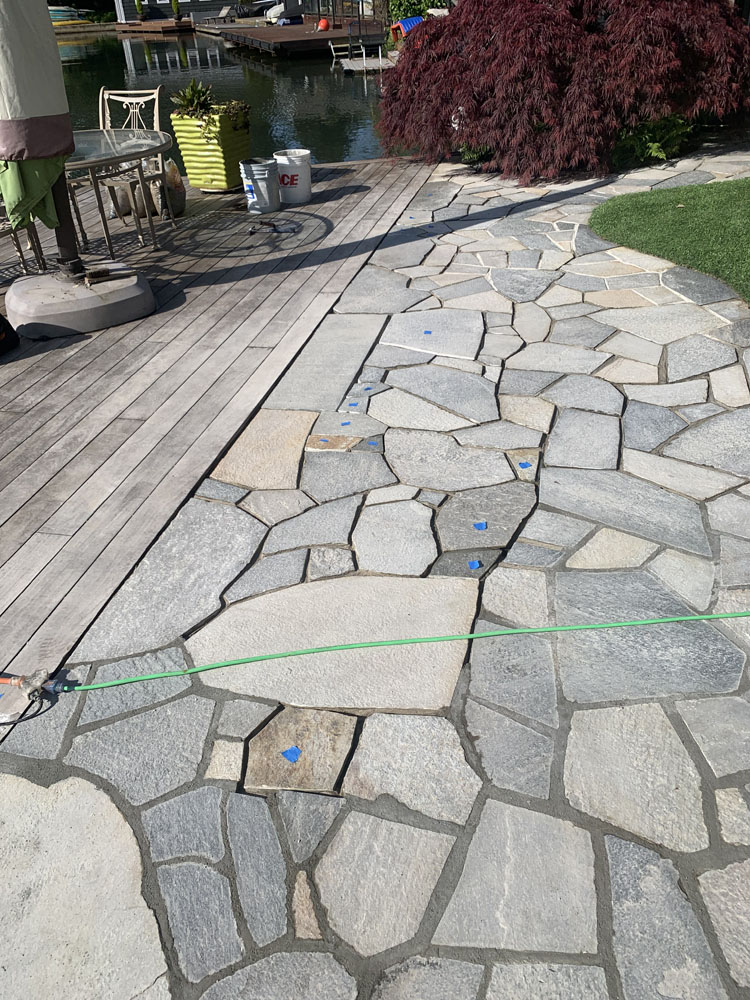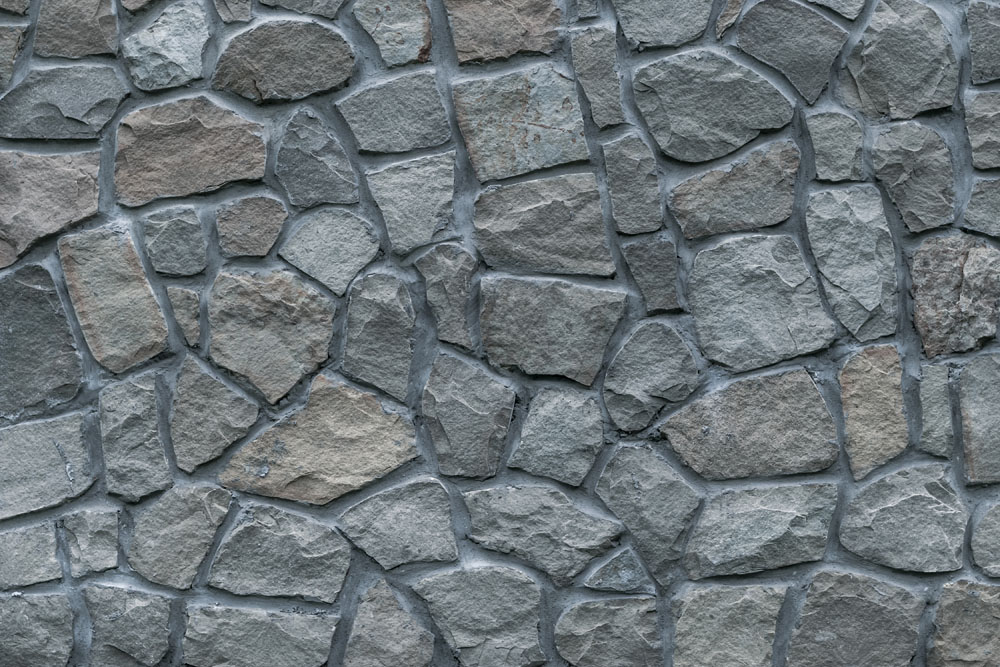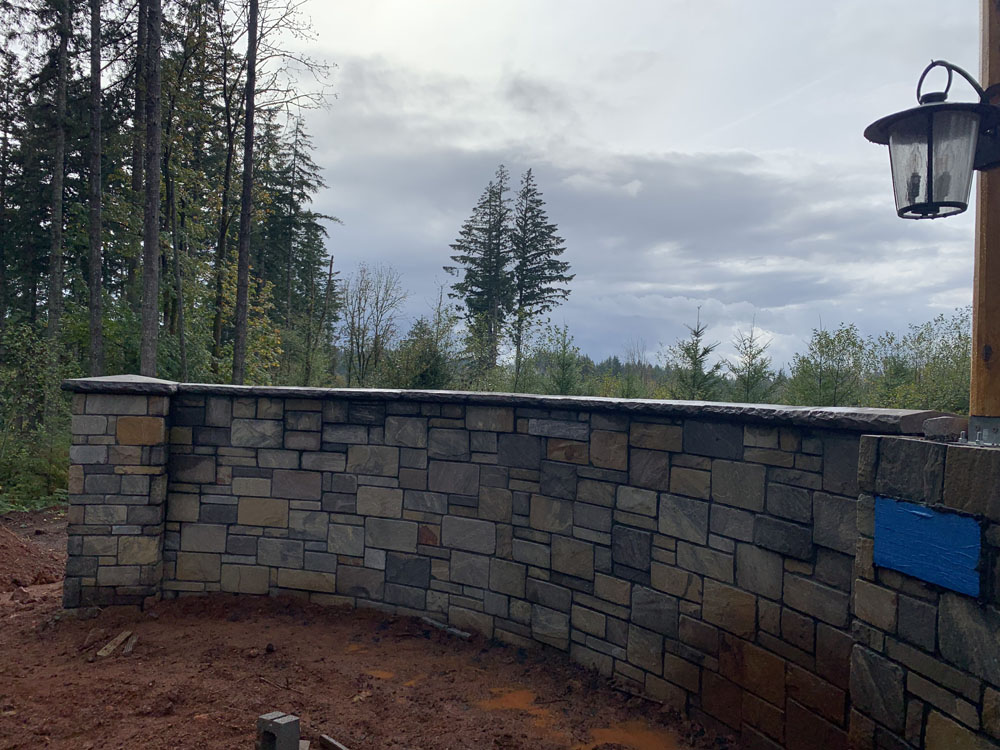Masonry walkways have stood the test of time, offering not just beauty but also durability and functionality. As we delve into the Ramos Masonry rich tapestry of their history and evolution, we'll uncover https://ramosmasonry.com/masonry-contractor-in-tualatin/ how these stone walkways have evolved from basic paths to luxurious features that enhance our outdoor spaces.
The History and Evolution of Masonry Walkways
Masonry walkways date back to ancient civilizations, where they served as essential pathways connecting various structures. The very first stone walkways were constructed using naturally occurring stones, carefully arranged to create stable surfaces for foot traffic. These early designs were rudimentary, focusing primarily on function over form. However, as societies advanced, so did the artistry involved in creating these pathways.
The Ancient Beginnings of Masonry Walkways
In ancient Egypt, stone was utilized in large-scale construction, including temples and monuments. The concept of masonry walkways emerged as architects recognized the need for durable access routes between these monumental structures. Similarly, the Romans perfected the use of stone in their road systems—setting a precedent for future masonry designs.
Masonry Walkways in Medieval Europe
Fast forward to medieval Europe, where masonry began to flourish. Castles and cathedrals featured intricate stone pathways that not only enhanced aesthetics but also demonstrated craftsmanship. During this period, cobblestones became increasingly popular, with artisans hand-picking stones to create unique patterns that told stories of their own.
The Renaissance: A Flourishing Era for Masonry Design
With the Renaissance came a revival of classical architecture and design principles. Stone walkways during this time transitioned from mere functional paths to artistic expressions. This era saw greater emphasis on symmetry and proportion—hallmarks of Renaissance design that found their way into masonry walkway patterns.
Industrial Revolution: Mass Production Meets Craftsmanship
The Industrial Revolution marked a turning point in the production techniques used for masonry walkways. While traditional craftsmanship remained revered, advancements allowed for mass production of bricks and stones, making them more accessible to the average homeowner. This democratization led to an explosion in creativity regarding walkway designs.
Modern Innovations in Masonry Walkway Design
Today’s masonry walkways reflect a blend of old-world charm and modern sensibility. Homeowners can choose from various materials—including concrete pavers and natural stone—to suit their aesthetic preferences while ensuring durability. Contemporary designers often incorporate eco-friendly practices in constructing masonry walkways, promoting sustainability without compromising style.
Types of Masonry Walkways: A Comprehensive Overview
Understanding the different types of masonry walkways available is crucial for homeowners looking to enhance their outdoor space.
Natural Stone Walkways: Timeless Elegance
Natural stone walkways are crafted from materials like slate, granite, or limestone—each offering unique textures and colors that evoke luxury. Their organic appearance effortlessly blends with landscaping elements.

Brick Walkways: Classic Charm with Modern Appeal
Brick has long been synonymous with enduring quality. Available in numerous colors and patterns, brick walkways can be customized to complement any architectural style—from Colonial homes to contemporary abodes.
Concrete Paver Walkways: Versatile Solutions for Every Landscape
Concrete pavers provide homeowners with flexibility in design choices while ensuring longevity. They can mimic natural stones or feature bold colors for a more modern aesthetic.
Designing Your Ideal Masonry Walkway: Key Considerations
When planning your masonry walkway project, several factors should influence your decisions:
1. Purpose and Functionality
Before diving into design specifics, consider how you’ll use your walkway. Is it primarily an access route or will it serve as a decorative element? Establishing its purpose will guide material selection and layout decisions.
2. Material Selection: Balancing Beauty with Durability
Choosing materials involves balancing aesthetics with practical considerations such as climate resilience and maintenance needs:
- Natural Stone: Offers timeless beauty but may require sealing. Brick: Durable yet susceptible to cracking if not installed correctly. Concrete: Low maintenance but can appear less luxurious than other options.
3. Layout Planning: Patterns That Captivate
Play around with different patterns before settling on your final design:
- Herringbone Basketweave Random layouts
Each pattern has its charm; select one that resonates with your personal style while enhancing your landscape's character.
The Benefits of Installing Masonry Walkways
Investing in masonry walkways offers numerous benefits beyond mere aesthetics:
Enhancing Curb Appeal
A well-designed masonry walkway elevates your home’s exterior appeal—creating an inviting entrance that leaves a lasting impression on guests.
Durability That Endures Time
Unlike traditional pavement options like asphalt or gravel which may crumble over time under weather conditions or heavy foot traffic; masonry materials stand firm against wear-and-tear—offering longevity unmatched by many alternatives!
Low Maintenance Requirements
While some upkeep is necessary (e.g., occasional sealing), overall maintenance requirements remain low compared to other surface options—allowing you more time enjoying your outdoor space!
Common Misconceptions About Masonry Walkway Installation
As luxury homeowners consider adding masonry walkways to their properties; there are common misconceptions about installation processes worth addressing:
Myth 1: It’s Only for Large Estates
Contrary to popular belief; masonry walkways can enhance spaces regardless of size—be it cozy courtyards or expansive gardens! The key lies in thoughtful design choices tailored specifically towards maximizing available space effectively!

Myth 2: Installation Is Always Costly
While premium materials certainly come at a price; affordable options exist too! Brick pavers offer budget-friendly alternatives without sacrificing quality when properly installed!

FAQ Section
1. What is a masonry walkway?
A masonry walkway is typically made from durable materials like bricks or natural stones designed specifically for foot traffic; providing both functional pathways & visual enhancement outdoors!
2. How long do masonry walkways last?
With proper installation & maintenance; most quality-built masonry walk ways can last anywhere between 25-50 years—and sometimes even longer depending upon environmental factors & usage!
3. Can I install a masonry walkway myself?
While DIY installations are possible; hiring professionals ensures better results especially when dealing with complex patterns requiring precision craftsmanship!
4. Are there eco-friendly options available?
Absolutely! Many manufacturers now produce sustainable materials suitable for environmentally-conscious homeowners seeking stylish solutions without compromising ecological integrity!
5. What maintenance does a masonry walkway require?
Regular cleaning (to prevent weed growth) & occasional sealing (to protect surfaces) should suffice—but always refer back manufacturers’ guidelines specific product care instructions!
6. Are there design limitations when creating my own custom layout?
There are no strict rules! You can let creativity flow while considering practicalities like accessibility & existing landscape elements—ensuring harmony throughout outdoor spaces created together harmoniously!
Conclusion
In conclusion—the journey through The History and Evolution of Masonry Walkways reveals much about human ingenuity & artistry over centuries past leading us toward today’s vibrant outdoor living trends! From ancient cobblestones connecting significant landmarks within civilizations long gone—to modern-day creations melding luxury aesthetics alongside functionality—masonry continues shaping our environments beautifully! Whether you’re enhancing curb appeal or prioritizing durability—a thoughtfully designed pathway awaits just outside doors eager welcoming footsteps towards new adventures ahead!